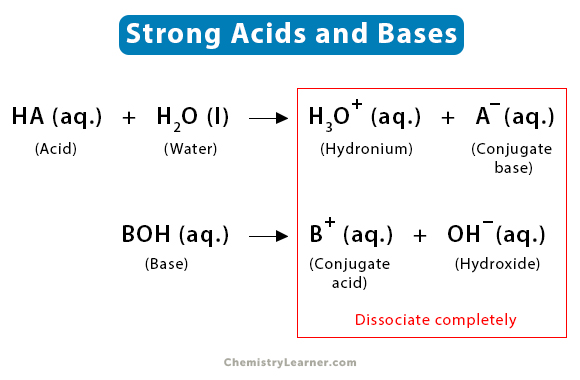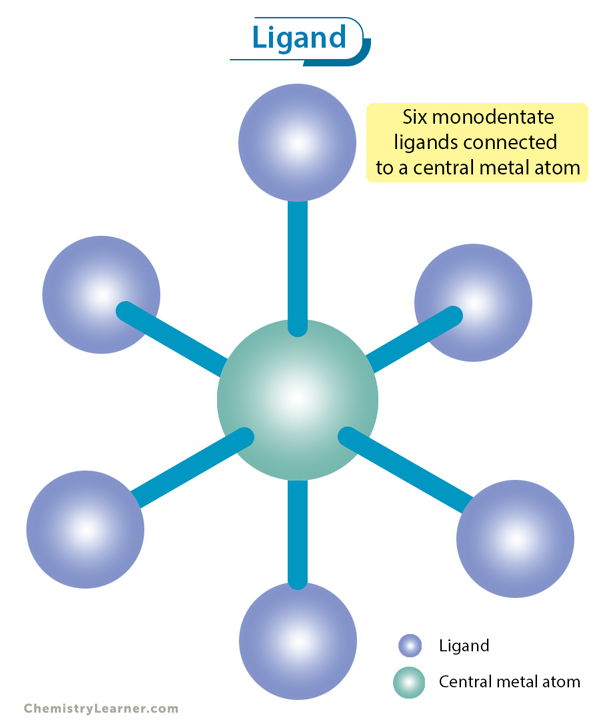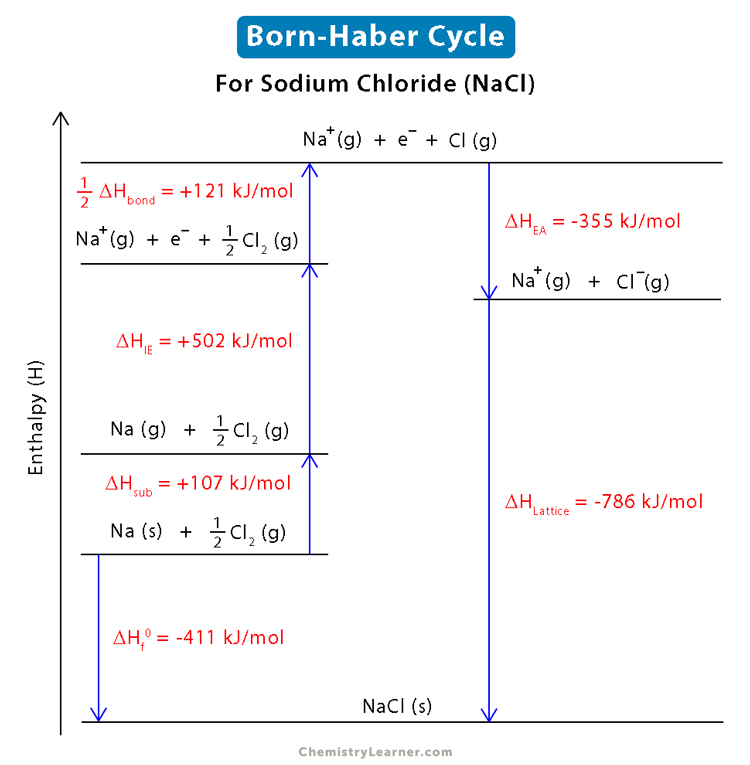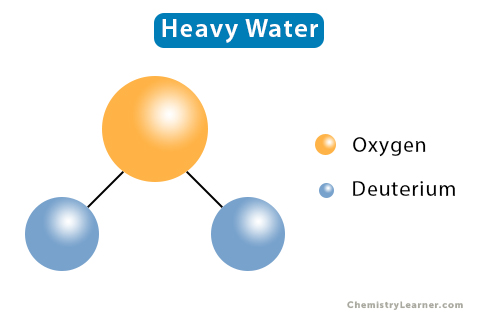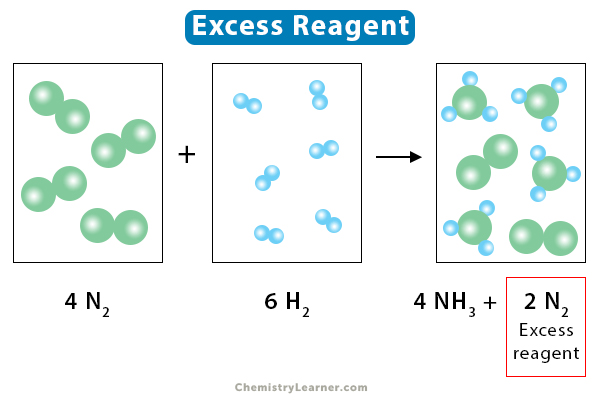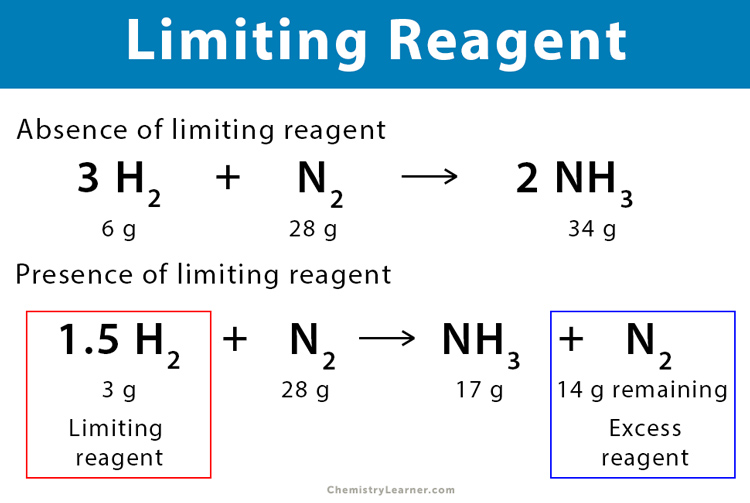Strong Acids and Bases
An acid that completely ionizes when dissolved in water is called a strong acid. Similarly, a base that completely ionizes when dissolved in water is called a strong base. Both have a few things in common. Both are strong electrolytes that dissociate totally into ions in water. The ions carry electric charges and are capable of conducting electricity. There are only seven strong acids and eight strong bases. They are often used in chemistry labs, industry, and everyday life [1-4].
List of Strong Acids and Bases [1-6]
Strong Acids
- Hydrochloric acid – HCl
- Sulfuric acid – H2SO4
- Nitric acid – HNO3
- Hydrobromic acid – HBr
- Hydroiodic acid – HI
- Perchloric acid – HClO4
- Chloric acid – HClO3
Strong Bases
- Lithium hydroxide – LiOH
- Sodium hydroxide – NaOH
- Potassium hydroxide – KOH
- Rubidium hydroxide – RbOH
- Cesium hydroxide – CsOH
- Calcium hydroxide – Ca(OH)2
- Strontium hydroxide – Sr(OH)2
- Barium hydroxide – Ba(OH)2
As one can see, most of the strong bases are hydroxides of alkali metals or alkaline earth metals.
Properties of Strong Acids and Bases [1-5]
Strong Acids
Strong acids are characterized by the symbol HA, where H is the hydrogen atom, and A is an electronegative atom or species to which hydrogen is attached. Strong acids are good proton donors and can remain in an aqueous solution. They are classified as highly corrosive substances that can produce dangerous fumes and cause excruciating burns. High concentrations of strong acids should be handled carefully.
Strong Bases
Strong bases are exceptional proton acceptors and electron donors. They can easily deprotonate or remove the proton from other compounds, like weak acids. The proton cannot remain in an aqueous solution for a long time. Aqueous solutions of strong bases are slippery and soapy. Concentrated solutions can produce chemical burns.
Ionization of Strong Acids and Bases [1-5]
Strong Acids
As mentioned before, a strong acid can dissociate completely or 100 percent in water. The disassociation equation is written as follows:
HA (aq.) + H2O (l) → H3O+ (aq.) + A– (aq.)
Here, water (H2O) as a base reacts with the acid (HA), forming hydronium ion (H3O+) and A–. Thus, A– is the ion that results when the acid loses a proton. A– is said to be the conjugate base of the acid HA. The conjugate base of a strong acid is weak.
Examples
- Hydrochloric acid (HCl) dissociates into hydronium ion (H3O+) and chloride ion (Cl–).
HCl (aq.) + H2O (l) → H3O+ (aq.) + Cl– (aq.)
- Sulfuric acid (H2SO4) dissociates into hydronium ion (H3O+) and bisulfate ion (HSO4–).
H2SO4 (aq.) + H2O (l) → H3O+ (aq.) + HSO4– (aq.)
Why do Strong Acids Completely Dissociate in Water
In order to understand why strong acids completely dissociate in water, let us look at the two key factors that affect their strength.
- Polarity of the molecule
- Strength of the H-A bond
These two factors are related to each other. The more polar the molecule, the less the electron density around the proton will be. The partial positive charge on the proton will be high, and the H-A bond will be weak. As a result, strong acids easily dissociate in water.
Strong Bases
Since strong bases dissociate entirely in water, the disassociation equation can be written as follows:
BOH (aq.) → B+ (aq.) + OH– (aq.)
The metal hydroxide (BOH) dissociates wholly into a metal ion (B+) and hydroxide (OH–). Here, B is an alkali metal or alkaline earth metal. The alkaline earth hydroxides are less soluble in water than alkali hydroxides but are considered strong bases.
Examples
- Sodium hydroxide (NaOH) dissociates into sodium ion (Na+) and hydroxide ion (OH–) ion.
NaOH (aq.) → Na+ (aq.) + OH– (aq.)
- Calcium hydroxide (Ca(OH)2) dissociates into calcium ion (Ca+) and hydroxide ion (OH– ) ion.
Ca(OH)2 (aq.) → Ca2+ (aq.) + 2 OH– (aq.)
Thus, the difference between a strong acid and a strong base is that the former gives a large amount of H3O+ ions, and the latter gives a large amount of OH– ions in solution.
Strength of Acids and Bases: Ka value [1-4]
The acid dissociation constant (Ka) tells how much an acid dissociates in water. Since strong acids dissociate fully into ions, they have large Ka values. Another method of indicating the strength of acids is by taking the negative logarithm of Ka, which gives the pKa value.
pKa = – log [Ka]
The lower the pKa, the stronger the acid is. Below is a table that shows the Ka and pKa values of the strong acids and the hydronium ion for reference. The corresponding conjugate bases are also shown in the chart.
| Name | Formula | Ka | pKa | Conjugate base | Conjugate base formula |
|---|---|---|---|---|---|
| Perchloric acid | HClO4 | Large | Perchlorate | ClO4– | |
| Hydroiodic acid | HI | 3.2 x 109 | – 9.5 | Iodide | I– |
| Hydrobromic acid | HBr | 1.0 x 109 | – 9 | Bromide | Br– |
| Hydrochloric acid | HCl | 1.3 x 106 | – 6.11 | Chloride | Cl– |
| Sulfuric acid | H2SO4 | 1.0 x 103 | – 3 | Hydrogen sulfate | HSO4– |
| Nitric acid | HNO3 | 2.4 x 101 | – 1.38 | Nitrate | NO3– |
| Hydronium | H3O+ | 1 | 0 | Water | H20 |
Like the acid disassociation constant, the base dissociation constant (Kb) measures the base’s basicity or strength. It is related to the acid disassociation constant as follows:
pKa + pKb = 1
Strong and Weak Acids
The hydronium ion (H3O+), or protonated water, has a Ka value of 1 and pKa value of 0. It is the dividing line between a strong and a weak acid. In other words, a strong acid is defined as one that ionizes to a more significant degree than H3O+. A strong acid ionizes in water, while a weak acid stays in its conjugate acid (protonated) form.
Concentration of Strong Acids and Bases: pH Value [1-4]
The concentration of acids and bases is expressed in terms of pH (“power of hydrogen”) value. The pH value range from 0 to 14 on a mathematical scale. Acidic solutions have a pH close to 0, neutral solutions, such as water, have a pH equal to 7, and basic solutions have a pH close to 14. Strong acids have a pH of around 0-1, and strong bases have a pH between 13 and 14. The lower the pH value, the higher the concentration of hydrogen ions in the solution. Generally,
pH = – log [H+]
Uses and Applications of Strong Acids and Bases [6]
Strong Acids
- Hydrochloric acid is used in refining metals, household cleaning, and maintaining swimming pools. The stomach depends on gastric acid, which is primarily hydrochloric acid.
- Sulfuric acid is used in car batteries and manufacturing fertilizers.
- Nitric acid is used in manufacturing fertilizers, making explosives, and extracting gold.
Strong Base
- Sodium hydroxide, also known as lye or caustic soda, is used to manufacture soap, detergents, and cleaning solutions.
- Potassium hydroxide, also known as lye or caustic potash, is commonly used to manufacture soaps and cleaning products. It is used in alkaline batteries.
- Calcium hydroxide, also known as slaked lime, is used to manufacture cement and lime water and clean up spills from strong acids.
FAQs
Ans. Hydrofluoric acid (HF) is not a strong acid because it fails to dissociate in water completely.
Ans. Ammonia (HN3) is a weak base due to its inability to ionize in water completely.
